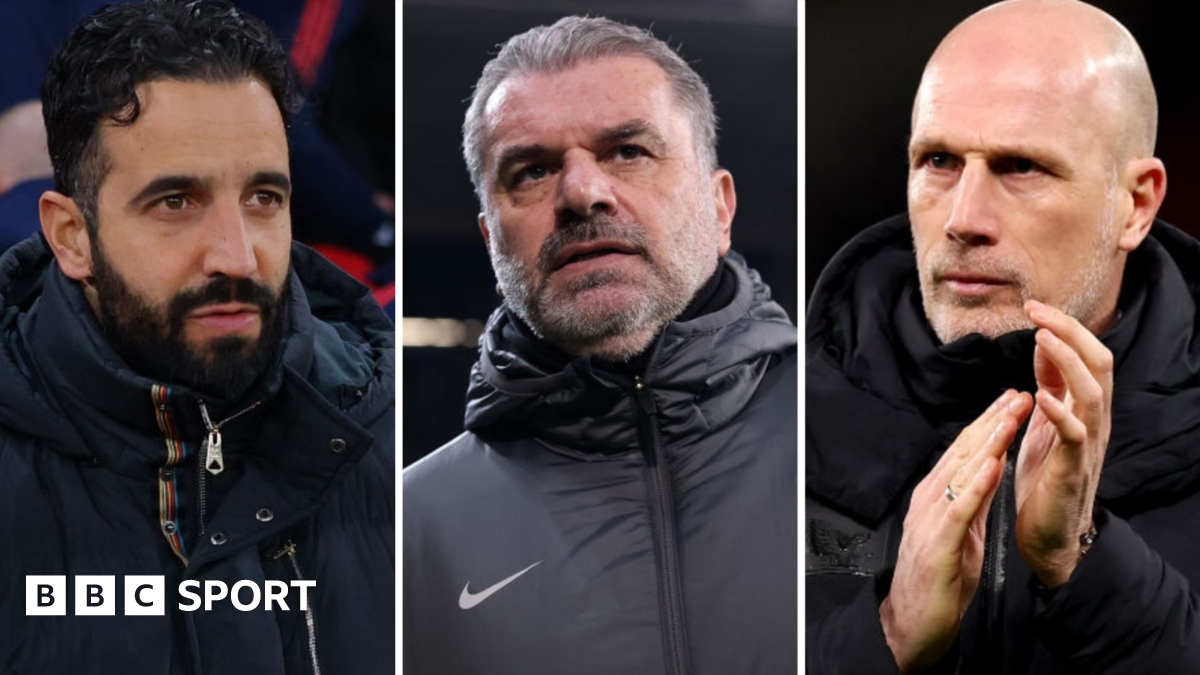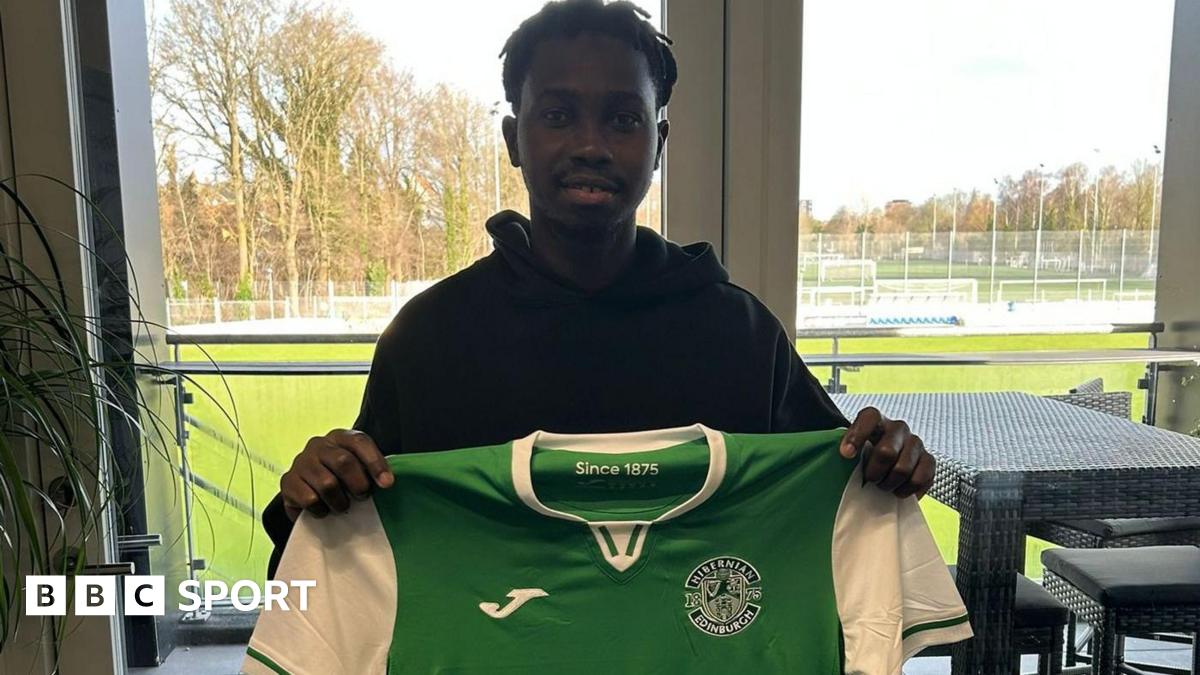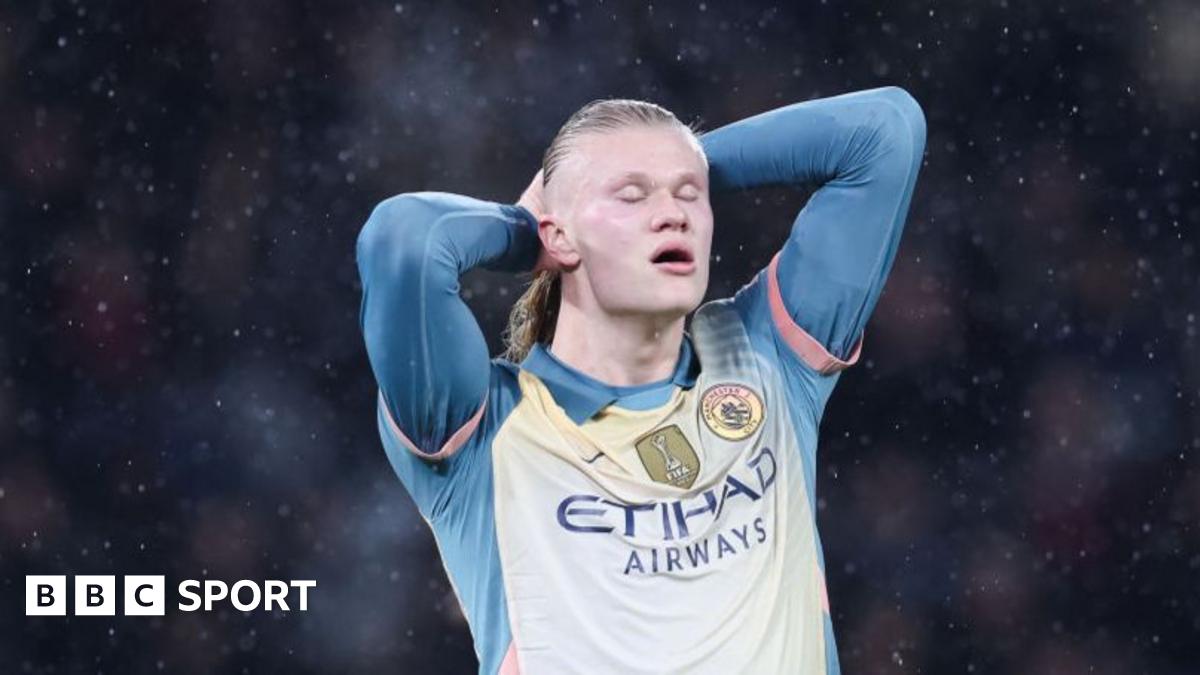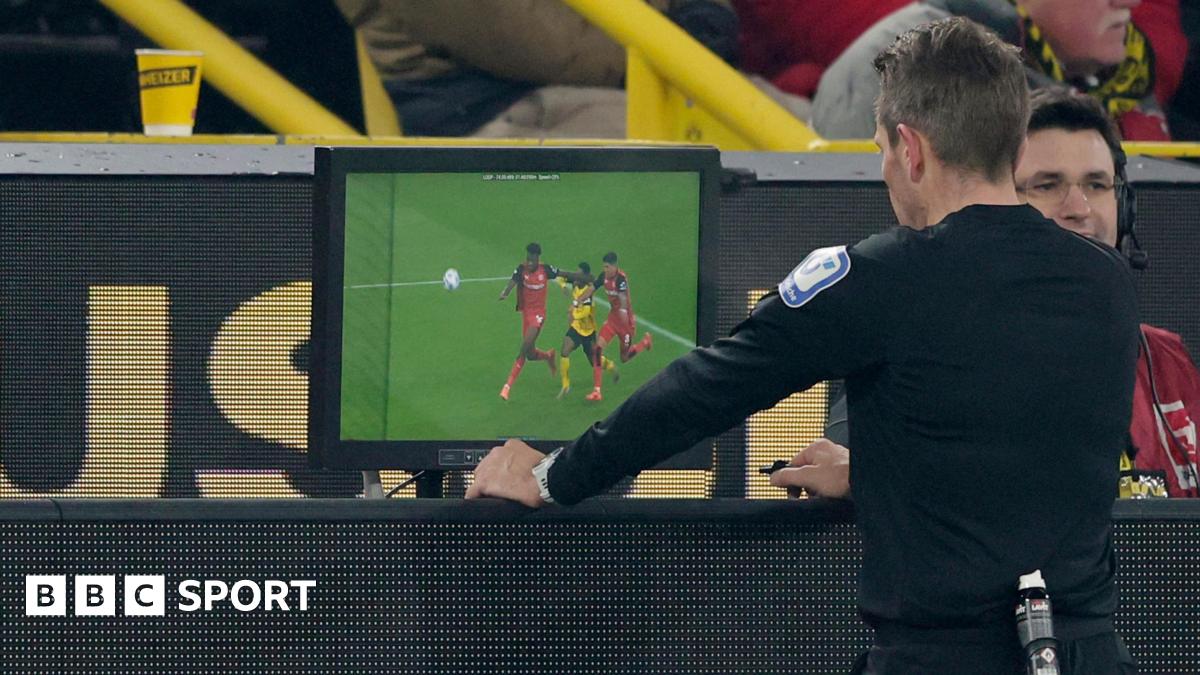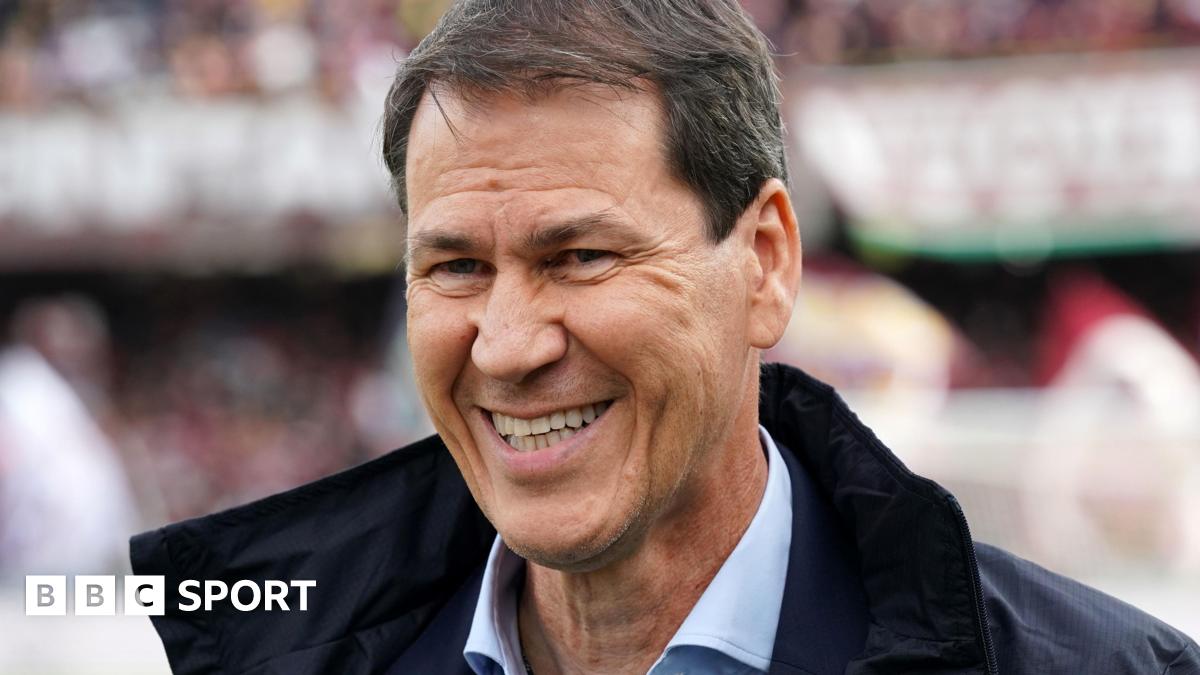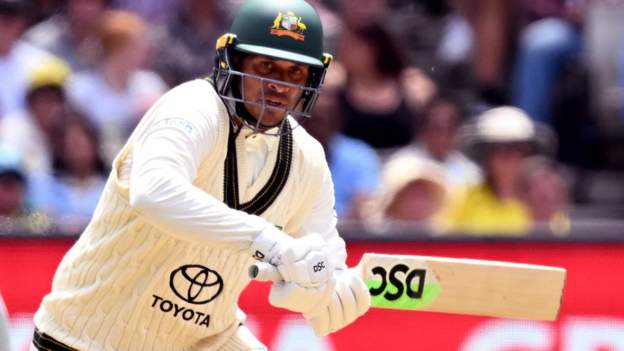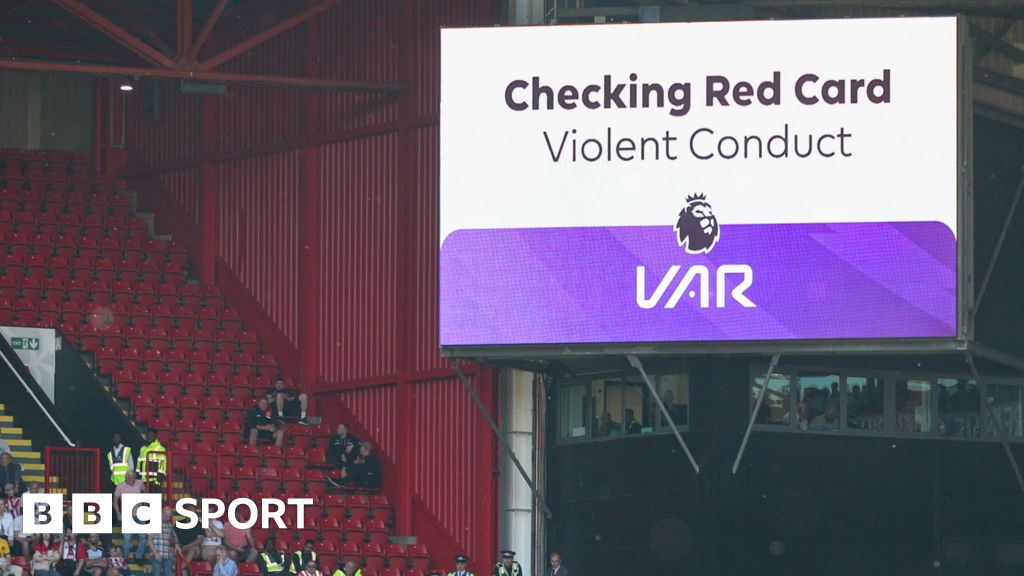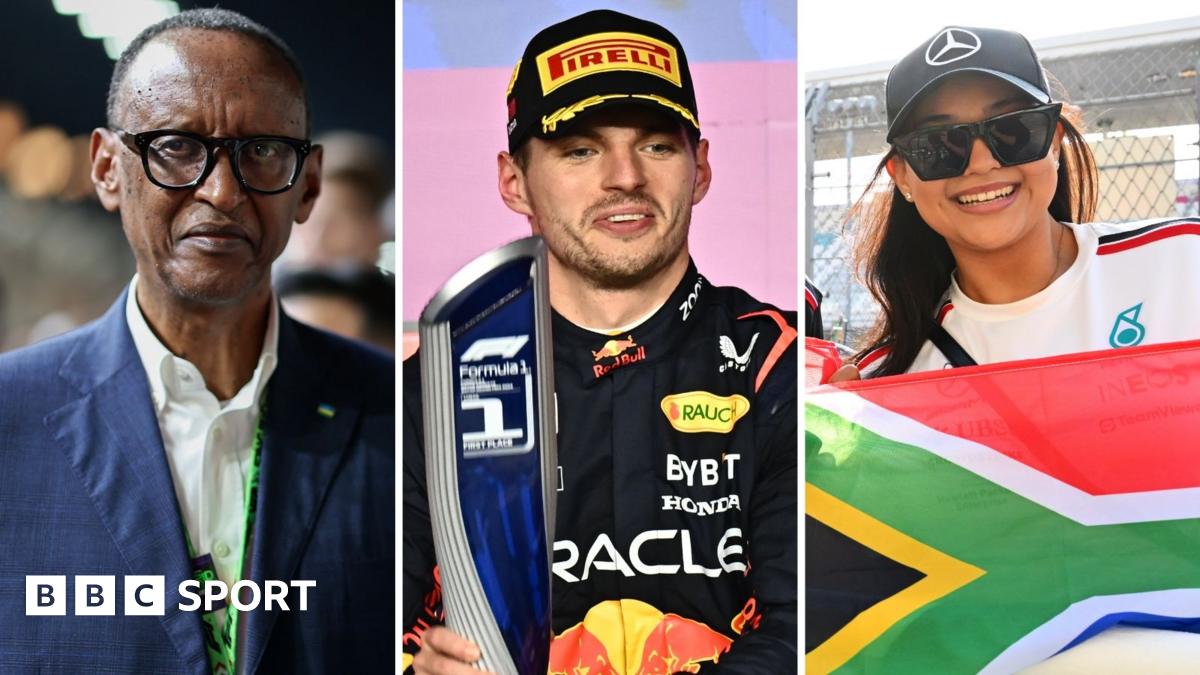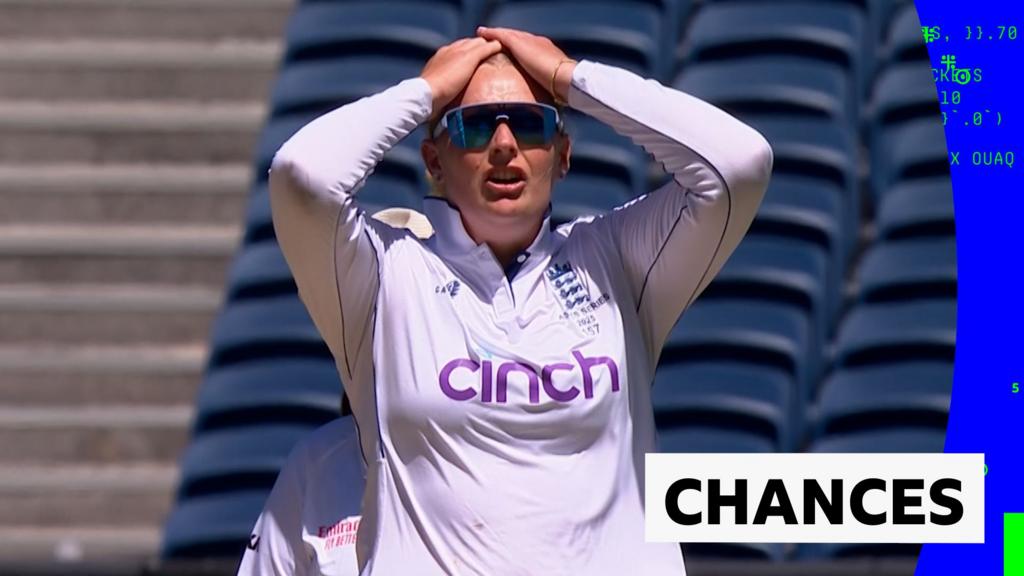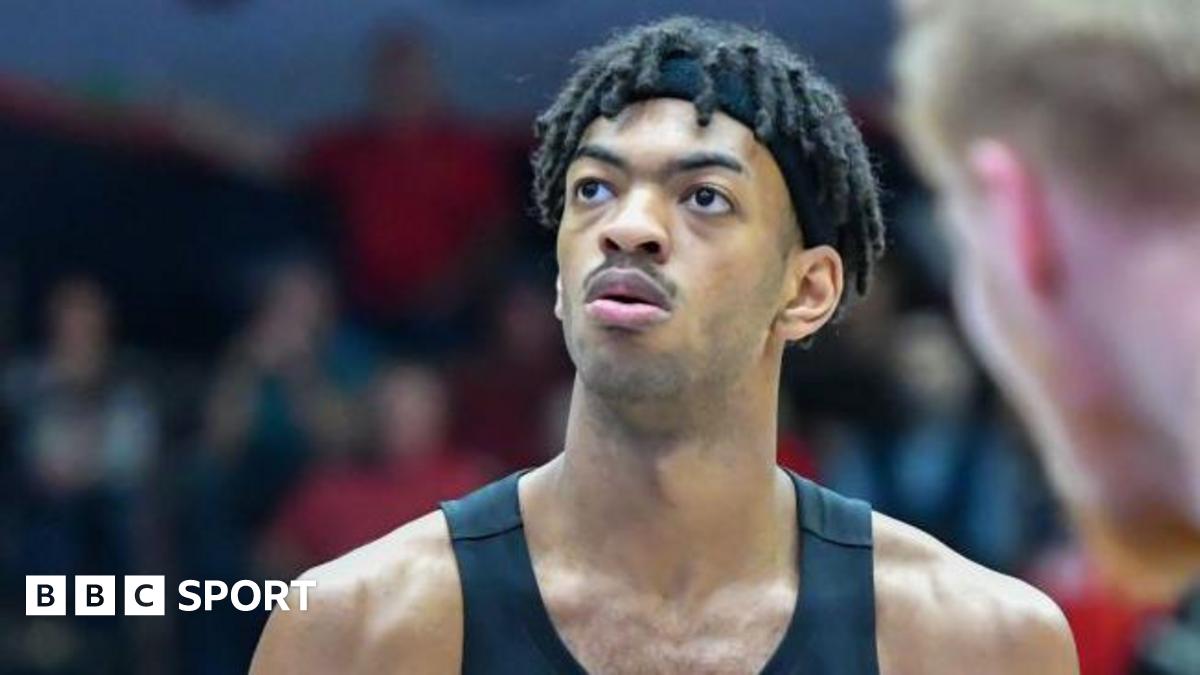The Ryder Cup is precious. Golf’s little pot of gold. In a fractured sport with an uncertain future, it has never felt more important than it did in Rome last week.
And the match between Europe and the United States delivered in every respect, attracting huge audiences on the course and among those watching around the world.
They were rewarded by the home team’s 16½-11½ victory. It showcased thrilling golf, it was closer and more tense than the scoreline suggests and there was controversy aplenty.
This was the sport in its most captivating form. A full-on assault on the senses – golf but louder – from a game usually at the sleepier end of the sporting scale.
The Ryder Cup is the lifeblood of the DP World Tour. Every four years (it was five on this occasion because of the pandemic), home matches generate the funds that feed the European tour until the next one.
Adare Manor, an Augusta-like enclave near Limerick in Ireland, has an awful lot to live up to in 2027 because Marco Simone last week was a spectacular success.
We often talk about stadium golf courses – Augusta was the first to be designed to cater for golf as a spectacle – but the venue for this year’s Ryder Cup took it to another level.
Grandstands and in-built ‘natural’ contouring ensured that this felt like a stadium all the way around a vast and severely undulating property. It was a triumph of staging that generated a new level of partisan atmosphere.
Europe’s players delivered from the off, revelling in the environment while the rusty Americans searched for precision. It eventually arrived, but there was too much ground to make up for the US to hold on to the trophy.
The home players were better prepared, more motivated and, in Luke Donald, had a far superior captain. Telling his players to play three hole matches during practice rounds to encourage a mindset for fast starts was a well thought strategy.
Donald had the affable Zach Johnson’s number from the very start. The gusto with which the European captain began his opening ceremony speech in Italian last Thursday showed him to be a skipper in full command.
His players could only have been impressed and probably inspired. The tactical shift to start proceedings with foursomes was rewarded with Friday’s clean sweep in the opening session.
By the end of the first day, every one of his players had not only played but also contributed at least half a point, including out-of-sorts Scot Bob MacIntyre, thanks to his inspired partner Justin Rose.
Their fourball match against Max Homa ended in a half as Rose won three of the last four holes. This was an abiding memory, the Englishman rolling home a 10-footer to ensure the US did not win a single match on the first day. It was the first time they had not won a match in a day in the 96-year history of the event.
How Rose celebrated, animatedly and repeatedly punching the air, his body convulsing with adrenalin and competitive animal instinct. The crowd went nuts, it was extraordinary sporting theatre.
That night I shared a car journey with a former European Ryder Cup player. He wondered out loud how LIV players, who had taken themselves out of the Ryder reckoning by joining the breakaway tour, might be feeling?
Were the millions of dollars they’ve received sufficient compensation for missing moments like the one Rose, and so many of the other players on show in Italy, enjoyed last weekend?
Some things are priceless and the sporting theatre of the Ryder Cup is surely one of those.
Yet, rumours grew of a fracturing in the unity of the American team room. Money was at the heart of it.
Was Patrick Cantlay not wearing a USA cap in protest at not being paid to play? Were there schisms? The coming days and weeks will provide a drip feed of detail on any disharmony in the US camp.
It must be said that once placed in the maelstrom of ‘hatgate’, Cantlay played awesome golf. There was no argument with his commitment to the American cause in his play.
When he closed out Saturday evening’s remarkable win over Rory McIlroy and Matt Fitzpatrick, his roar showed how much it meant. Then his caddie Joe LaCava stepped over the line (literally) with his retaliatory cap-waving celebration.
McIlroy’s furious histrionics in the car park as Justin Thomas’s bagman Jim “Bones” MacKay tried to placate the irate Northern Irishman produced the social media content of the week.
It summed up the passion at play. McIlroy channelled the aggression into his singles contest against Sam Burns the following day and commendably emerged with four points out of five, while Donald astutely used the incident as a motivator for the rest of his team.
They edged home last Sunday thanks to their big guns. Jon Rahm’s epic half with world number one Scottie Scheffler was one of the greatest golf matches I have had the privilege of following.
It was a vital half point to bolster brilliant wins for Viktor Hovland, McIlroy and Tyrrell Hatton. The search for the final, decisive half point went all the way to the penultimate match and Tommy Fleetwood’s extraordinary drive on the 16th.
That was one of three short par-fours that not only played to Europe’s strengths but also provided golfing drama to thrill the thousands who boisterously thronged the course.
The dramatic denouement ensured this 44th Ryder Cup had everything. The US were not sufficiently prepared to accomplish what has become one of the hardest achievements in golf – winning away from home.
The match has not witnessed a travelling victory since Europe’s ‘Miracle of Medinah’ in 2012. This was the best Ryder Cup since then.
But it sailed close to the edge. There was needle between the teams. McIlroy and Wyndham Clark exchanged barbs on the eighth hole of their Saturday afternoon fourball over where the US player was going to take a penalty drop.
“Why are you whining?” Clark asked the European talisman, who had come from the opposite side of the fairway to oversee proceedings.
“I’m not whining, I just want to play by the rules,” McIlroy tersely replied.
There was also Brooks Koepka’s first-day jibe at Rahm. It was good to see this edge. The Ryder Cup could potentially become cosy with so many of the players of both sides residing as mates in the States.
Koepka was the only LIV player on show. The US PGA Championship winner and Masters runner-up played in two sessions with Scheffler but won only half a point and they suffered a humiliating record 9&7 beating by Hovland and Ludvig Aberg.
Were the other LIV players missed? You could argue that the US would have benefitted from the presence of an in-form Dustin Johnson, Bryson DeChambeau, Patrick Reed or Talor Gooch.
But are they capable of hitting the necessary heights while playing 54-hole shotgun starts for guaranteed money as their competitive staple? Koepka clearly had early-season success but were the major successes anomalies? Who knows?
Will the game unite? Will the framework agreement between LIV’s Saudi paymasters and the PGA and DP World Tours come to fruition to heal the sport? Questions that will hopefully soon be answered.
In this match, Europe were unaffected in terms of players, but as it stands the stream of future captains is dry while Ian Poulter, Lee Westwood and Sergio Garcia remain ineligible.
There is, though, a simple and strengthening solution. Convince Donald to remain at the helm.
The Ryder Cup needs to remain strong and it could do with an away win. For Europe, it will be the toughest of assignments in the bear pit of New York’s Bethpage Black in 2025.
There is no-one better qualified for the job than the man who has it right now.

